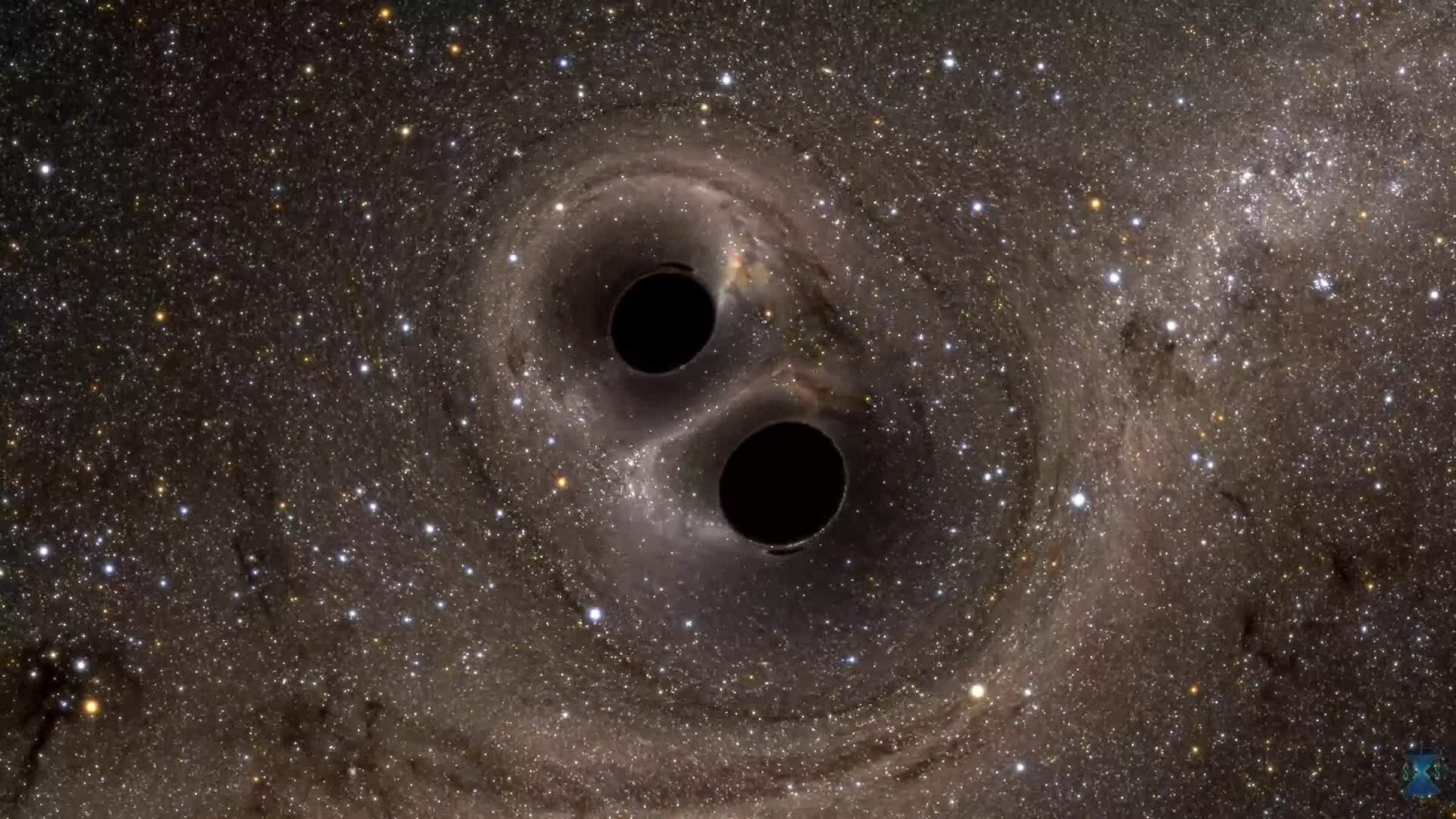April 24, 2024 2:00 PM / Scientists
FIAS Colloquium: Using supercomputers to search for relativistic black hole binary mergers in star clusters
Prof. Dr. Rainer Spurzem

Venue: FIAS Lecture Hall
Join us on April 24th, 2024, at 14:00 in the FIAS Lecture Hall for a talk by Prof. Dr. Rainer Spurzem. Prof. Spurzem, from the National Astronomical Observatories CAS in Beijing, China, and Astronomisches Rechen-Institut, University of Heidelberg, Germany, will discuss the utilization of supercomputers in the study of relativistic black hole binary mergers within star clusters.
Nuclear and globular star clusters (NSC and GC) are spectacular self-gravitating stellar systems in our Galaxy and across the Universe - in many respects. They populate disks and spheroids of galaxies as well as almost every galactic center. In massive elliptical galaxies NSCs harbor supermassive black holes, which might influence the evolution of their host galaxies as a whole. The evolution of star clusters is not only governed by the aging of their stellar populations and simple Newtonian dynamics. For increasing particle number, unique gravitational effects of collisional many-body systems begin to dominate the early cluster evolution. Direct N-body simulations are the most computationally expensive but also the most astrophysically advanced method to simulated GC and NSC evolution, using massively parallel supercomputers with GPU acceleration. Algorithmic and astrophysical improvements of Nbody6++GPU in recent years are shown and selected current results. For example we find that intermediate mass black holes form in initially dense clusters, through mergers of massive stars, binary induced interactions with black holes, and several generations of relativistic black hole coalescences. GC models of the DRAGON and DRAGON-II simulations provide reasonable predictions e.g. on rates of coalescences observable with current gravitational wave instruments.
Software and hardware are essential elements to get these results, and will be also shown in some detail. Our software is based on classical direct N-body codes by Aarseth, Mikkola, and Hurley, which have been tuned to incredible performance on massively parallel GPU accelerated supercomputers. Some interesting new competing code developments are briefly presented (FROST and PetaR). Perspective of using new Chinese GPU hardware, AMD GPUs (with HIP instead of CUDA), and for Quantum Computing are sketched.
Speaker:
Rainer Spurzem
National Astronmical Observatories CAS, Beijing, China
Astronomisches Rechen-Institut, Center for Astronomy (ARI/ZAH), Univ. of Heidelberg, Germany
Kavli Institute for Astronomy and Astrophysics (KIAA), Peking Univ., Beijing, China